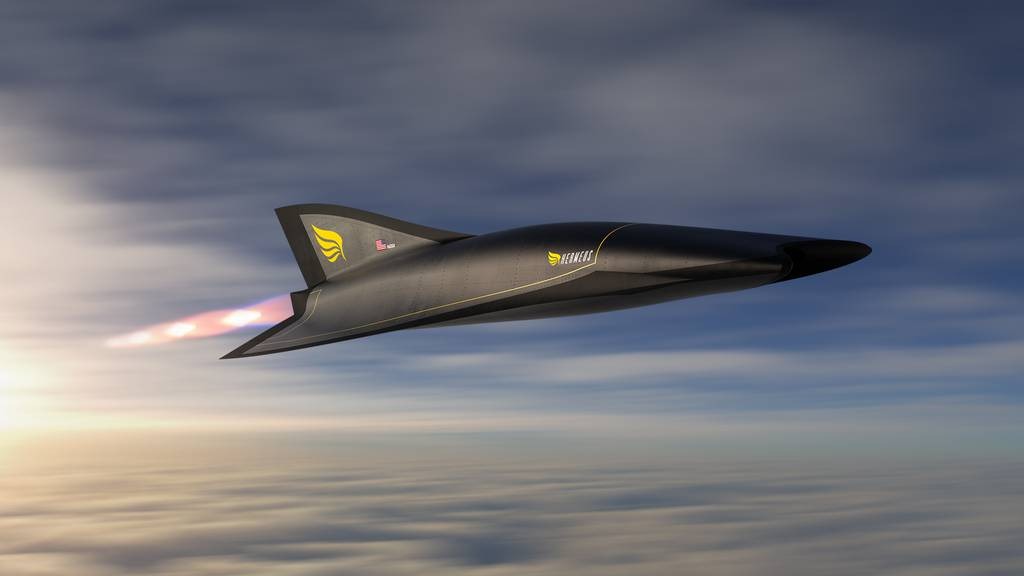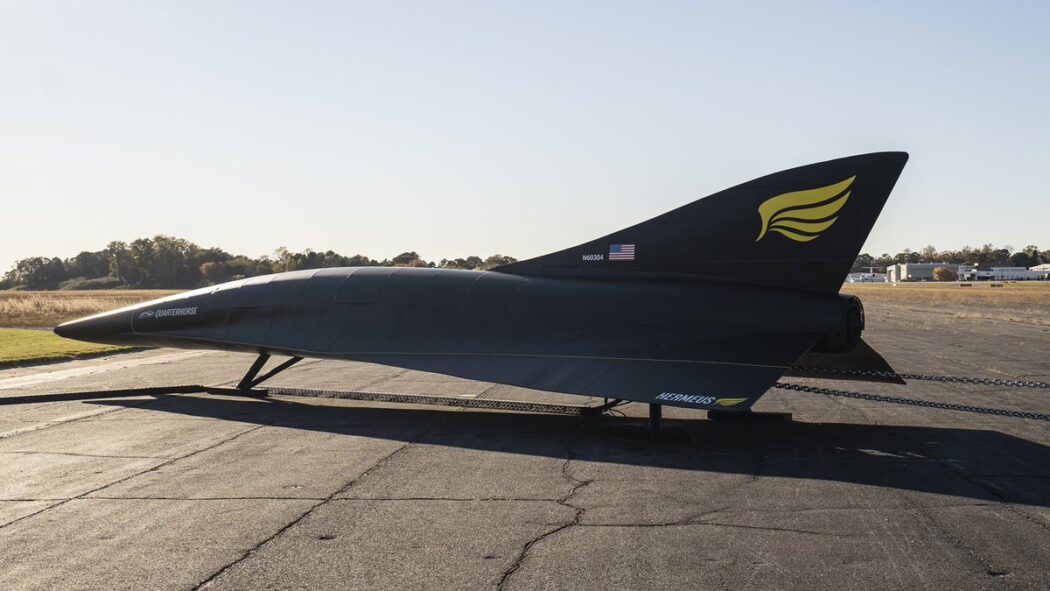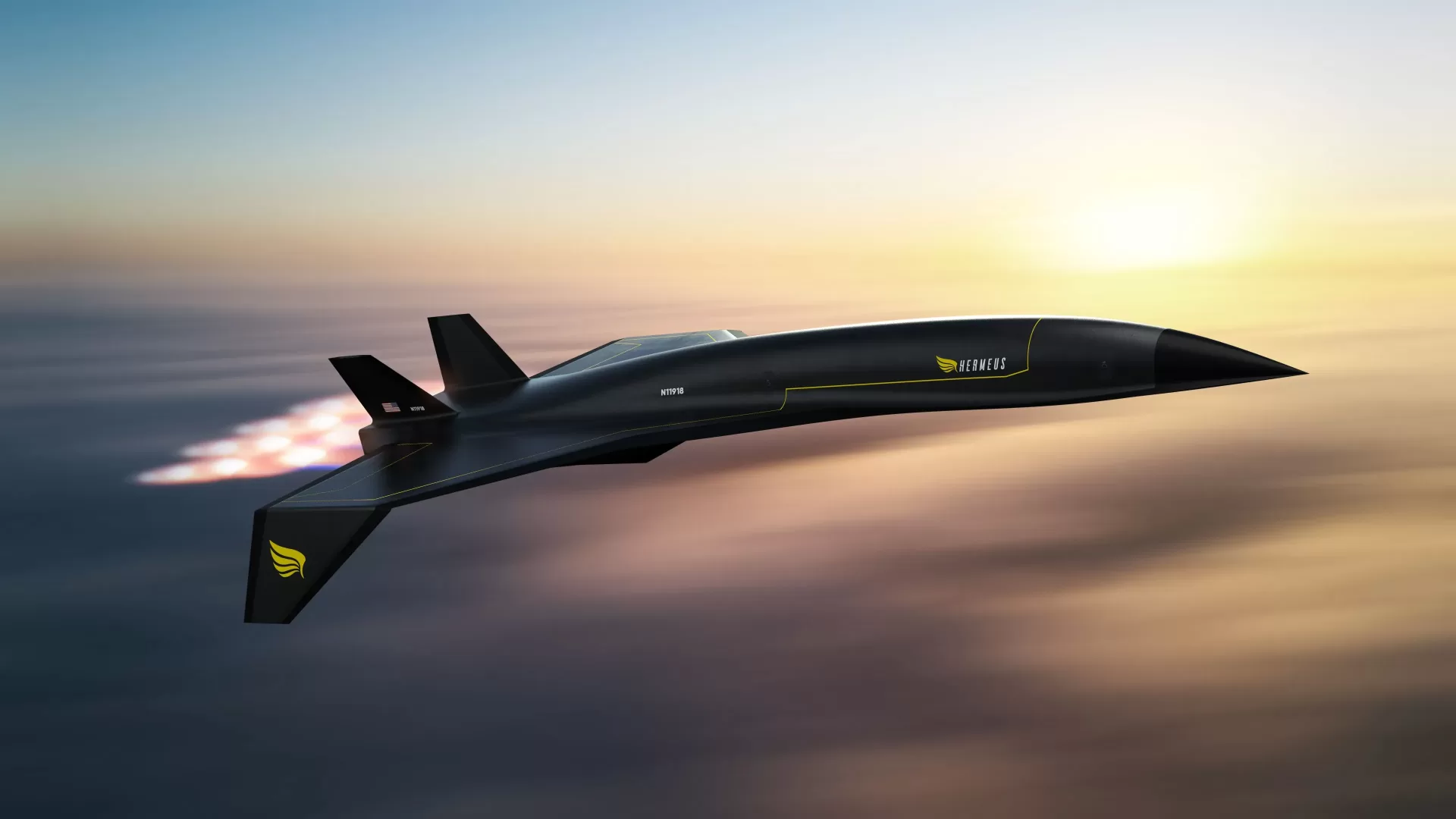It has been announced that the Spanish government is giving grants to Destinus to help them develop hydrogen-powered hypersonic and supersonic aircraft. With the assistance of the Spanish Ministry of Science’s Center for Technological and Industrial Development (CDTI) program, estimated at around €10 million ($11 million), this start-up will be able to step up their research and development efforts in order to develop initial models that can reach supersonic speeds in the future.
It has been confirmed that two grants were awarded to Destinus on March 23. The first grant is intended to fund the construction of a facility near Madrid where Destinus will design air-breathing hydrogen engines for future aircraft. Secondly, the grant will fund research into liquid-hydrogen-powered propulsion. The size of the grant has not been disclosed, but it will be used to test innovative powertrains for future supersonic aircraft.

With the support of Spain’s Instituto Nacional de Técnica Aeroespacial, Destinus, which has teams in Switzerland, Germany, and France, reached an agreement in June 2022 with Spanish engine maker ITP Aero to jointly develop a hydrogen propulsion test facility with support from the Spanish government. This project has been selected as part of the CDTI’s Aeronautical Technology Plan as a strategic initiative.
As part of its commitment to hydrogen propulsion, the Spanish government is investing in the development of hydrogen-powered vehicles with the support of the European Commission’s NextGen funds. It is the intention of the country to become the world’s largest producer of renewable hydrogen as well as to develop hydrogen-based mobility across various sectors under its National Hydrogen Plan.
In an effort to move forward with its plans to develop hydrogen-only engine technology in-house, Destinus announced the new funding just before the company made its first test flight with a hydrogen-powered post-combustor jet engine as part of its plans to develop hydrogen-only engine technology. A subscale technology demonstrator will be used to conduct the test flight near the company’s headquarters in Switzerland.
During the test flights, gaseous hydrogen will continue to be used and they will be performed only at subsonic speeds of up to around 300 km/h (163 knots), which is the maximum speed that can be reached. By the beginning of 2024, the Destinus team plans on building a larger prototype of the propulsion system that is expected to be capable of supporting supersonic test flights.

Since 2021, the company has been conducting test flights with the Jungfrau aircraft, which has raised more than $50 million in funding. Additionally, they have also flown a larger model called the Eiger, which was developed in collaboration with the company. After a hard landing incident with the Eiger in 2022, it resumed flight testing with the Jungfrau in 2023.
A Destinus’ long-term goal is to build an aircraft that will be able to carry passengers across continents at speeds exceeding Mach 5. The company anticipates it will have fewer than 100 seats on its initial passenger-carrying aircraft. With Brazilian charter broker Flapper signing an agreement in 2022 to explain that possibility, the company aims to have an aircraft in service by the end of the 2020s and initial applications might be for cargo flights.



